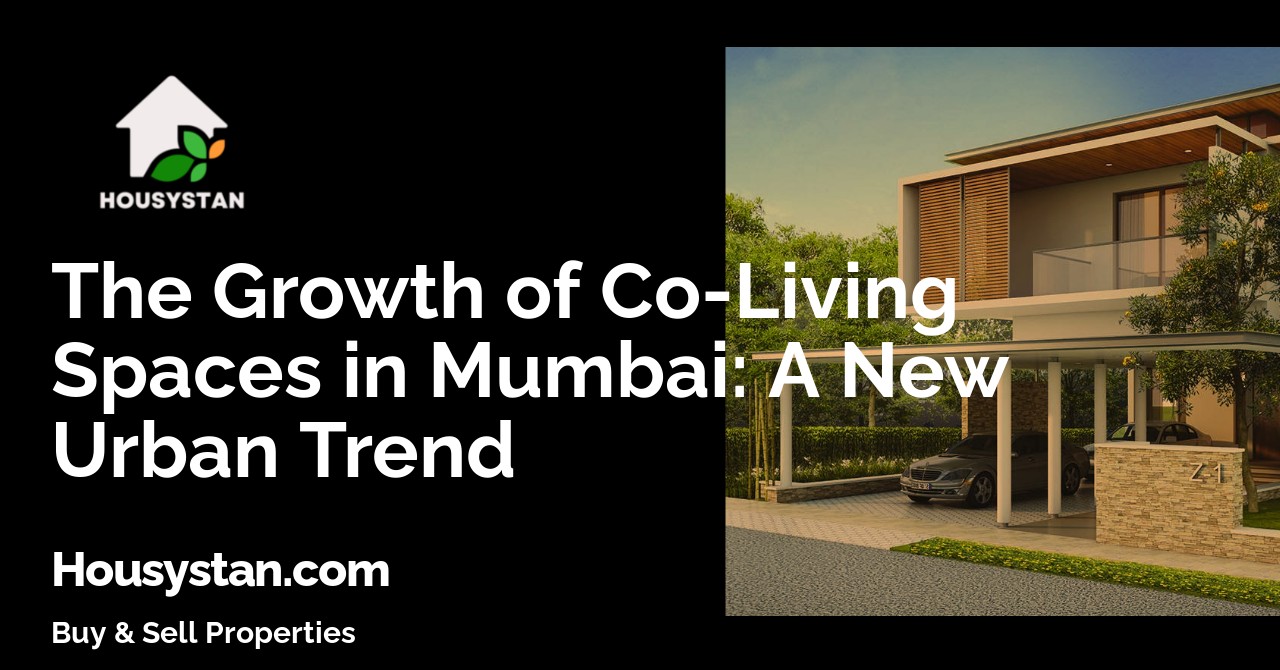The Growth of Co-Living Spaces in Mumbai: A New Urban Trend
Read latest blogs and articles from Housystan

The Information mentioned here was last updated on:
30/11/2025The Growth of Co-Living Spaces in Mumbai: A New Urban Trend
Mumbai, India’s bustling financial capital, is witnessing a remarkable transformation in its housing landscape. Co-living spaces are rapidly emerging as a preferred accommodation choice for young professionals, students, and entrepreneurs seeking convenience and community within the city’s vibrant environment. As the demand for affordable, flexible, and communal living increases, co-living is setting a new standard for urban housing in Mumbai.
One of the primary reasons for the rise of co-living spaces in Mumbai is the city’s ever-increasing influx of migrants. Individuals from across the country move to Mumbai to pursue career opportunities and higher education. Traditional rental options often come with high deposits, rigid lease agreements, and a lack of amenities. Co-living solves these challenges by offering fully furnished rooms, flexible payment plans, and modern amenities such as high-speed internet, housekeeping, and recreational areas. This model not only reduces the hassle of setting up a new home but also fosters a sense of belonging and community.
- Verified Tenants/Buyers
- Unlimited Property Listing
- Zero subscription/charges fee
Strategically located in key areas like Andheri, Powai, Bandra, and Lower Parel, co-living spaces offer easy access to Mumbai’s commercial hubs, educational institutes, and entertainment centers. Residents benefit from shorter commutes, saving valuable time and energy. Many co-living operators also organize regular social events, networking sessions, and wellness activities, which help residents build meaningful connections and expand their professional networks within the city.
In addition to convenience and connectivity, safety and security are paramount in co-living arrangements. Most properties use advanced security systems, 24/7 surveillance, and on-site staff to ensure residents feel protected. The all-inclusive nature of co-living agreements covers utilities, maintenance, and even community engagement programs, making budgeting straightforward and stress-free for tenants.
As Mumbai continues to evolve as a global metropolis, the popularity of co-living spaces is set to grow. This innovative urban trend aligns with the city’s dynamic lifestyle, offering an ideal blend of privacy, community, and affordability. For anyone seeking a modern, hassle-free living experience in Mumbai, co-living stands out as the ultimate solution for a connected and fulfilling urban life.